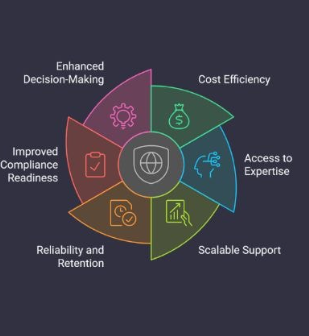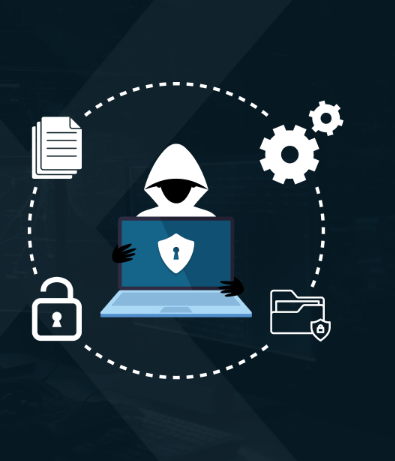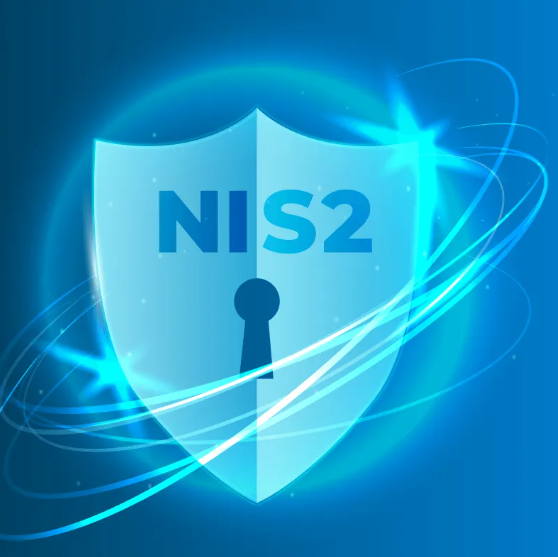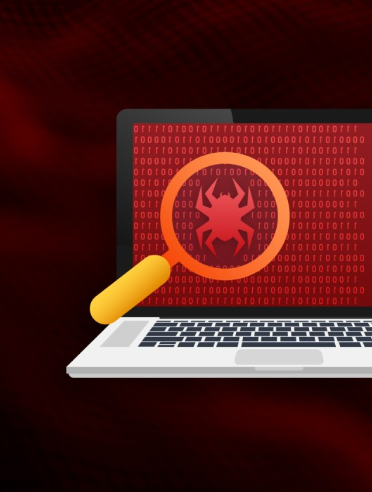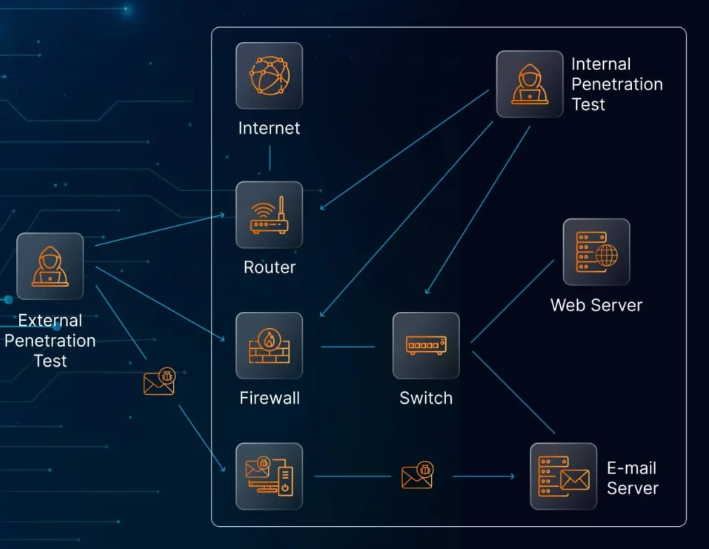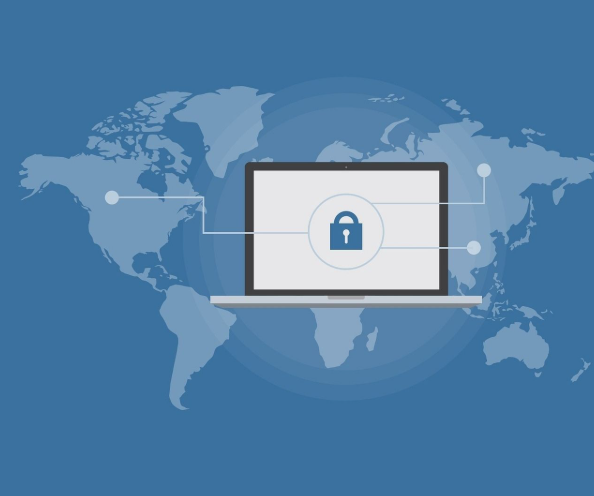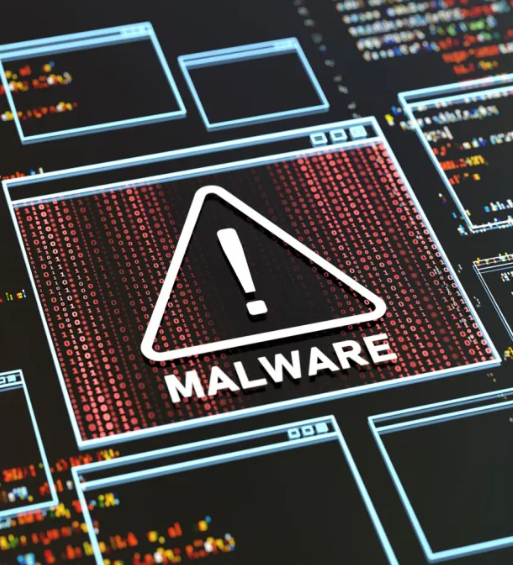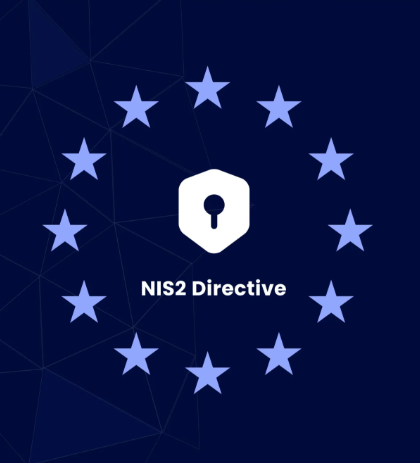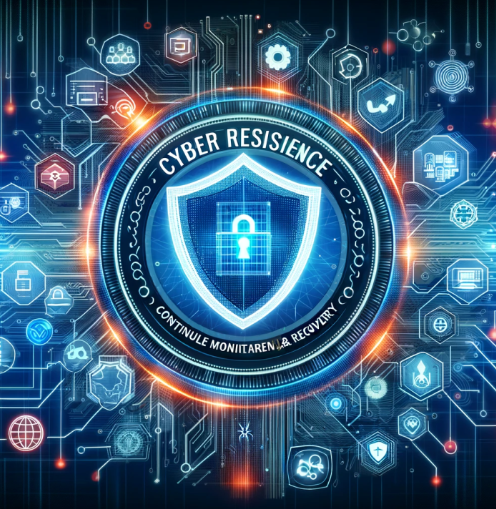
In today’s digital world, organizations face a constant and growing threat of cyberattacks. These attacks have the potential to disrupt operations, steal sensitive data, and damage an organization’s reputation. With cyber threats becoming increasingly sophisticated, the need for businesses to adopt a proactive approach to not only prevent but also withstand and recover from these threats has become critical. This is where cyber resilience comes into play.
Cyber resilience goes beyond traditional cybersecurity, focusing on an organization’s ability to continue functioning during and after a cyberattack. It involves a comprehensive strategy aimed at anticipating threats, minimizing their impact, and quickly resuming operations. In this blog, we’ll dive into the essential components of an effective cyber resilience strategy and how organizations can integrate them to protect their assets, ensure business continuity, and adapt to the evolving cyber threat landscape.
What is Cyber Resilience?
Cyber resilience is a strategic approach designed to help organizations prepare for, respond to, and recover from cyber threats. Unlike traditional cybersecurity, which primarily focuses on preventing attacks, cyber resilience is about maintaining business operations even when an attack occurs. A resilient organization integrates risk management, incident response, business continuity, and continuous improvement into a holistic plan that can withstand and adapt to adverse cyber events.
Key Components of Cyber Resilience
A well-rounded cyber resilience strategy incorporates several key components that together enable an organization to resist, recover, and thrive despite cyber threats. These components include:
- Risk Assessment and Management
- Identify Critical Assets: Understand which assets, processes, and data are vital to your business’s operations.
- Threat Analysis: Assess the potential threats that could target your organization.
- Vulnerability Assessment: Identify weaknesses within systems and infrastructure that could be exploited.
- Risk Mitigation: Implement strategies to reduce or eliminate identified risks.
- Governance and Compliance
- Policies and Procedures: Create clear policies to manage and reduce cyber risks.
- Regulatory Compliance: Ensure your business meets all relevant legal and industry regulations.
- Roles and Responsibilities: Define clear roles for those responsible for cybersecurity efforts within the organization.
- Technology and Infrastructure
- Security Controls: Deploy advanced technologies like firewalls, intrusion detection systems, and encryption to secure systems.
- Resilient Infrastructure: Build IT infrastructure that can withstand and quickly recover from cyber attacks.
- Response Tools: Implement technologies that help manage and respond to cyber threats effectively.
- Human Factors and Training
- Awareness Programs: Conduct regular training to educate employees about the latest cyber threats and security best practices.
- Skill Development: Continuously enhance the cybersecurity skills of your workforce.
- Cultural Change: Promote a culture of security awareness throughout the organization.
- Incident Response and Management
- Response Plan: Develop a structured plan detailing the steps to take during a cyber incident.
- Communication: Set up clear communication channels for internal and external stakeholders.
- Testing and Drills: Regularly test the response plan through simulations to ensure its effectiveness.
- Business Continuity and Disaster Recovery
- Continuity Planning: Integrate cyber resilience into broader business continuity plans to ensure operational continuity.
- Backup and Recovery: Implement regular data backups and quick recovery strategies for critical assets.
- Resilience Metrics: Measure and monitor your organization’s cyber resilience using performance indicators.
- Continuous Improvement
- Monitoring and Review: Continuously assess the effectiveness of your cyber resilience efforts.
- Feedback Loop: Incorporate insights from incidents and drills into improving strategies.
- Innovation: Stay up to date with new technologies and cybersecurity practices.
Building a Cyber Resilience Framework
For a cyber resilience strategy to be effective, it needs a well-structured framework that integrates various components into one cohesive approach. Here’s how you can build a solid cyber resilience framework:
- Identify Potential Threats and Vulnerabilities
- Conduct regular vulnerability assessments to identify weaknesses within your systems and networks. Use threat intelligence tools to stay ahead of emerging threats and prepare defenses accordingly.
- Assess and Prioritize Risks
- Analyze the potential impact and likelihood of various threats. Use a structured risk management framework, such as the NIST Cybersecurity Framework, to prioritize risks and allocate resources effectively.
- Develop Incident Response Plans
- Create detailed plans for managing security incidents, including clear roles, responsibilities, and communication protocols. Regularly test and update these plans through simulations to ensure swift and effective responses during real incidents.
- Establish a Resilient Business Framework
- Implement processes and systems that ensure critical operations can continue even in the face of cyber incidents. Use redundancy and failover mechanisms to enhance business continuity.
- Ensure Information Security and Data Protection
- Implement strong data protection policies, including encryption, access controls, and data loss prevention measures. Regular audits and compliance with data protection regulations, like GDPR or CCPA, further safeguard sensitive information.
- Incorporate AI in Cyber Resilience
- Leverage advanced technologies like artificial intelligence (AI) to enhance your cyber resilience. AI-driven security solutions can analyze vast amounts of data to predict, detect, and respond to cyber threats more effectively.
Addressing Emerging Threats and Evolving Attack Techniques
The cybersecurity landscape is constantly changing, with new threats emerging regularly. It’s essential to stay informed about these developments and update your security measures accordingly. This proactive adaptation will help ensure your organization’s resilience against sophisticated cyber attacks.
Integrating Cyber Resilience into Organizational Culture
A strong security culture is key to long-term cyber resilience. By embedding cyber resilience principles into the organization’s culture, businesses can foster continuous learning and encourage everyone to take responsibility for maintaining security. A security-conscious culture builds awareness, reduces human error, and strengthens the organization’s overall resilience.
Conclusion
In today’s digital age, where cyber threats are becoming increasingly complex, organizations must develop a robust cyber resilience strategy to protect their assets, operations, and reputation. A strong strategy not only focuses on preventing attacks but also ensures that the organization can continue to operate and recover quickly when threats occur. By integrating risk management, continuous monitoring, and employee training, businesses can build a cyber resilience framework that ensures long-term security and operational continuity.




